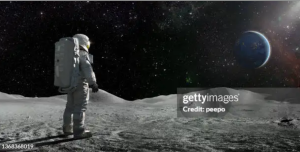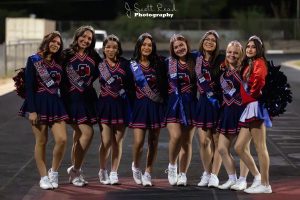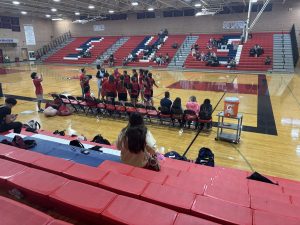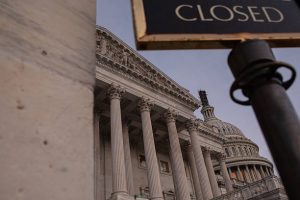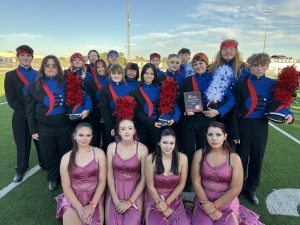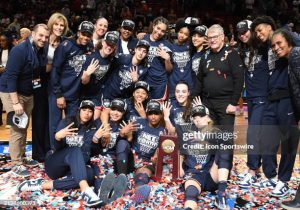Banned Books Week: 5 Books You Didn’t Know Were Banned
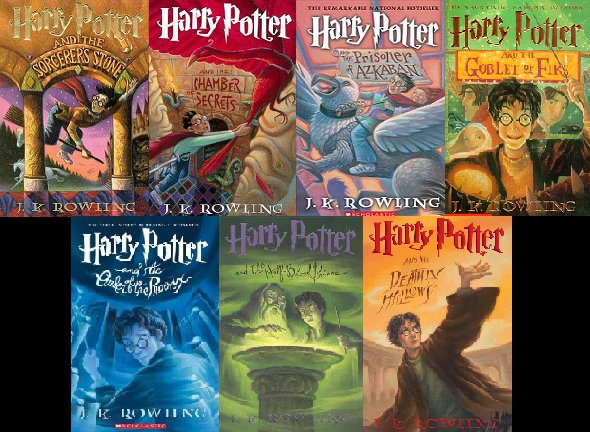
September 29, 2016
Almost everybody knows the first amendment: Freedom of Speech. However, to what extent does that apply to our voice in our writing? Our founding father Benjamin Franklin once said, “If all printers were determined not to print anything till they were sure it would offend nobody, there would be very little printed.” It should be in our constitutional right to be able to express and share our opinions with others.
Every year we give little recognition of Banned Books Week, which is annually held during the last week of September. Banned Books Week is an awareness event when we celebrate the freedom to read and fight against censorship of challenged books. Although the banned works concerned are usually of fictitious nature, it doesn’t mean that they do not express a person’s voice.
Sometimes we take what we read for granted, here are 5 banned books you might not have known were banned at same point in the United States:
1. Charlie and the Chocolate Factory by Ronald Dahl
Was banned by a Colorado library due to the belief that the story portrayed a “poor philosophy of life.” In addition, the book was challenged in 1964 for comparing Oompa Loompas to African-American slaves. Dahl’s James and the Giant Peach was also banned for having the word “ass” in the book.
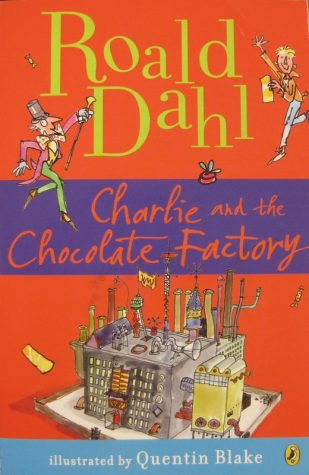
2. The Diary of A Young Girl by Anne Frank
The unedited version was banned in many schools for containing sexual content in some of the passages. It was once almost banned in Alabama schools for being “a real downer.” However, this true story of a girl who fought and died in the Holocaust, a piece of history that shouldn’t be unforgivably banned or censored, can still be challenged today.
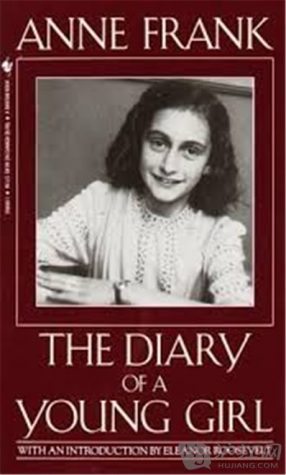
3. Looking For Alaska by John Green
Currently challenged and banned in Kentucky for having ‘offensive language’ and ‘sexually explicit descriptions’. Actually, a lot of John Green’s popular works were banned too, like A Fault in Our Stars in a handful of Californian middle schools. Various reasons being – dealing with sexual themes, language, and morbid plot.
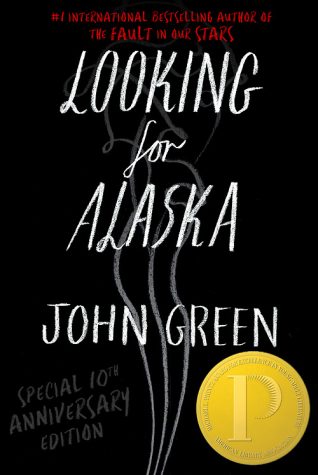
4. Twilight series by Stephanie Meyer
Of course many could argue that Twilight was banned because of how much a horrible series it is (for some people), the real reasons are due to sexual explicit content for certain age groups and religious viewpoint. The book is still challenged in places (like Texas) along with all vampire-themed stories for being demonic.
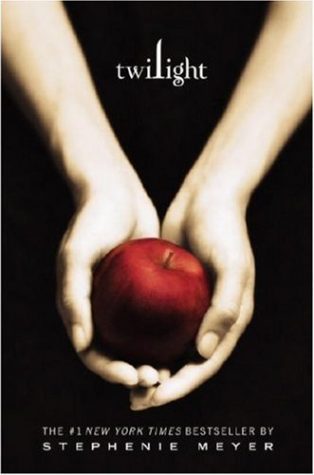
5. Harry Potter series by J.K. Rowling
Yes. That’s right. Harry Potter. Banned and even burned in public for a variety of reasons: glorifying witchcraft and the occult, being too dark and scary for children, and even having questionable anti-family views. The series was especially challenged for it’s fantastical magical elements against reality and religious beliefs.
Even in the 21st century, there are endless reasons why books get banned and/or censored. There can even be valid reasons, such as being offensive to people or endangering the innocent minds of children… but then to what extent are we exercising our first amendment? When you ban a whole dictionary from Californian classrooms for including the definition for “oral sex” (2010) or the Holy Bible for religious viewpoint or even a cherished story because it can be interpreted wrongly…. what justice does it really bring, to reader or the author?
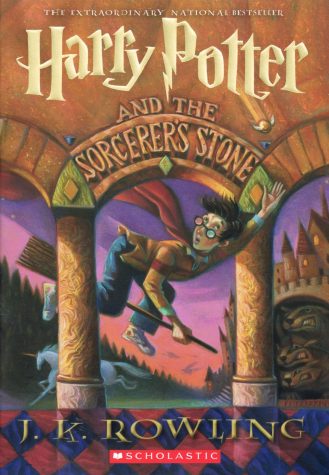
Banned Books Week is meant to celebrate each other’s voices, to celebrate our freedom to read.

